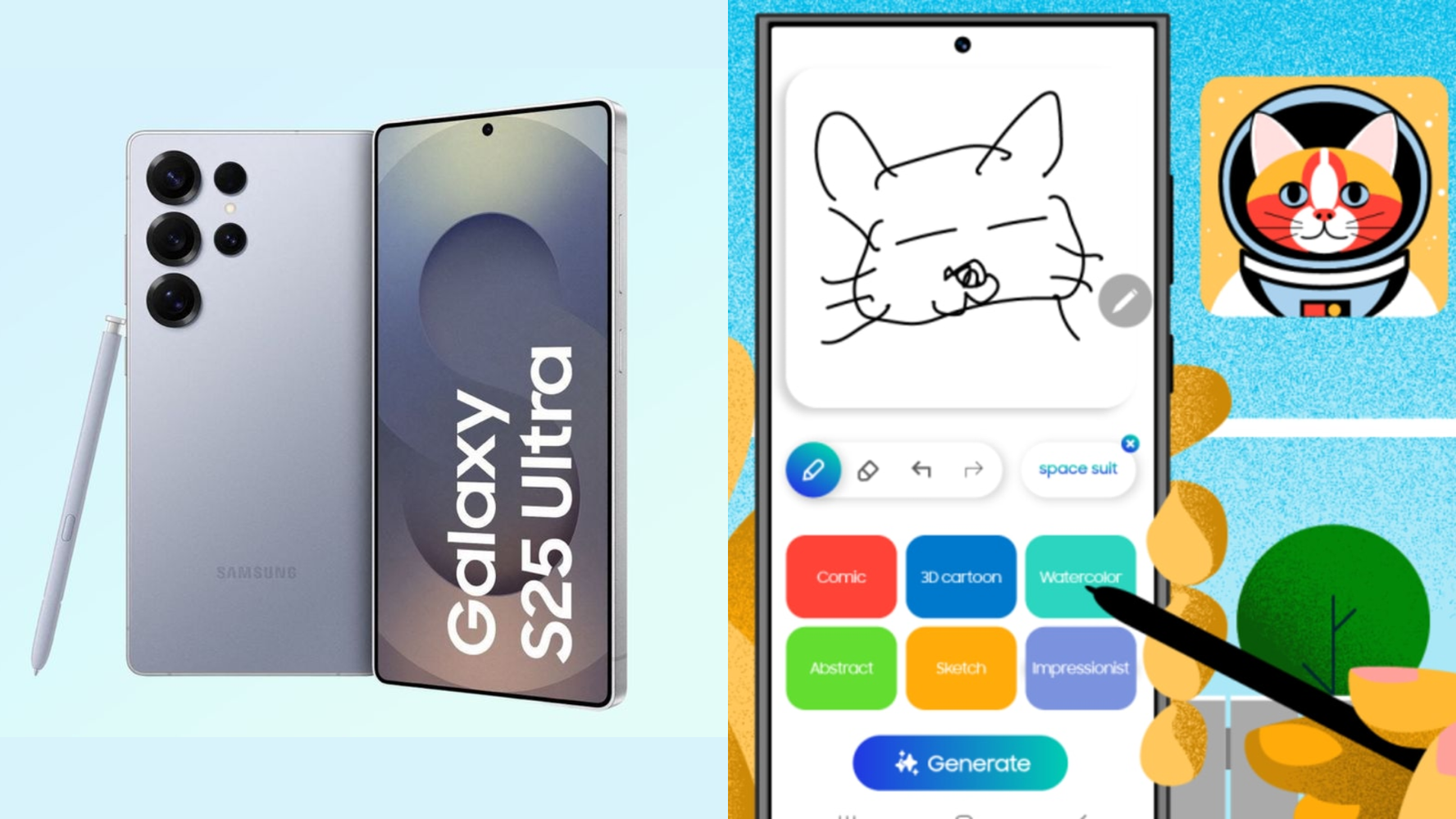What Is ChatGPT?
Imagine having a conversation with a machine that not only understands you but talks back like a real person. That’s ChatGPT for you! This incredible artificial intelligence (AI) chatbot leverages natural language processing to craft conversations that feel strikingly human. Whether you need help drafting an email, brainstorming article ideas, or even coding, ChatGPT's got you covered. It's a prime example of generative AI, which means it creates human-like text, images, or even videos from the prompts you provide.
How Does ChatGPT Work?
Ever wondered how ChatGPT manages to sound so human? It’s all about the Generative Pre-trained Transformer (GPT) architecture. This system uses complex algorithms to detect patterns in massive datasets, allowing it to generate responses that mimic human conversation. Initially powered by GPT-3, ChatGPT now offers access to the more advanced GPT-3.5 and GPT-4 models. The latest upgrade, GPT-4o, can handle tasks like generating detailed responses and even describing images!
Who’s Behind ChatGPT?
Meet OpenAI, the brains behind ChatGPT. Founded in 2015 by a group of visionaries including Elon Musk and Sam Altman, OpenAI launched ChatGPT in November 2022. With hefty backing from investors like Microsoft, OpenAI has been at the forefront of AI innovation. And they didn’t stop at ChatGPT—they also brought us Dall-E, the AI art generator.
How Is ChatGPT Trained?
Training ChatGPT is like teaching a child how to speak and write. It starts with a broad range of online texts and then focuses on specific types of content. Human trainers play a critical role, providing feedback and ranking responses to ensure the chatbot learns to generate the best answers. Users can also influence this learning process by upvoting or downvoting responses.
What Can You Ask ChatGPT?
Got questions? ChatGPT is your go-to. From philosophical musings like "What’s the meaning of life?" to practical queries such as "When did New York become a state?", ChatGPT handles it all. It’s proficient in STEM fields, can debug code, and even help with creative tasks like composing music or drafting social media posts.
How Are People Using ChatGPT?
ChatGPT isn’t just a chat buddy—it’s a versatile tool with countless applications. People use it to:
- Code and debug programs
- Write and edit articles, blogs, and quizzes
- Generate product descriptions and SEO keywords
- Assist with job applications and resumes
- Create music and even generate art
The possibilities are endless!
What Are the Benefits of ChatGPT?
Why is ChatGPT creating such a buzz? Here’s why:
- Efficiency: Handles repetitive tasks, freeing up time for more complex work.
- Cost Savings: More economical than hiring extra staff.
- Content Quality: Helps enhance writing, whether for grammar, style, or brainstorming.
- Education: Acts as a virtual tutor for complex topics.
- Instant Responses: Provides quick answers, reducing wait times.
- 24/7 Availability: Always there to help, no matter the time.
- Multilingual Support: Communicates in multiple languages.
- Personalization: Tailors responses based on user preferences.
- Scalability: Handles numerous users simultaneously.
- Digital Accessibility: Assists individuals with disabilities.
What Are the Limitations of ChatGPT?
Even with its impressive capabilities, ChatGPT has its limitations:
- Understanding Depth: May struggle with nuanced human emotions and sarcasm.
- Naturalness: Responses can sometimes sound robotic and lack true insight.
- Source Citing: Doesn’t always provide source references for its information.
- Focus: Can misinterpret questions or focus on irrelevant aspects.
Ethical Concerns Surrounding ChatGPT
With great power comes great responsibility. Some ethical concerns include:
- Plagiarism and Misinformation: Potential for misuse in cheating or spreading false information.
- Bias in Training Data: Can reflect and perpetuate biases present in the data.
- Job Displacement: Automation could impact certain job sectors.
- Privacy Issues: Risks related to data collection and user privacy.
Read More: latest AI and machine learning news 2024
How Can You Access ChatGPT?
Getting started with ChatGPT is easy:
- Create an OpenAI account at chat.openai.com.
- Log in using your email or a Google/Microsoft account.
- Enter your prompt or question and hit send!
What If ChatGPT Is at Capacity?
Sometimes, ChatGPT hits peak usage and becomes unavailable. If this happens, try accessing it during off-peak hours or consider upgrading to ChatGPT Plus for uninterrupted service.
Is ChatGPT Free?
ChatGPT offers a free version with basic access. For enhanced features like GPT-4, faster responses, and priority access, you can opt for the ChatGPT Plus subscription at $20 per month.

What Are the Alternatives to ChatGPT?
If ChatGPT isn’t available, you have other options:
- Google Gemini: Google’s response to ChatGPT.
- Microsoft Copilot: Integrated into Bing for enhanced search capabilities.
- Other AI Text Generators: Including Jasper, Rytr, and more.
ChatGPT Updates and Future Developments
Exciting updates are on the horizon:
- Enterprise Version: For higher-speed processing and data analysis.
- Voice and Image Recognition: Now includes voice interaction and image analysis.
Custom GPTs: Allows users to create tailored versions of ChatGPT for specific needs.
Enhanced Context Handling: GPT-4o offers improved conversational depth and naturalness.
Conclusion
ChatGPT is more than just a chatbot—it’s a revolutionary tool that’s transforming how we interact with technology. Whether you’re looking for help with content creation, coding, or just want to have a chat, ChatGPT is ready to assist. As AI continues to evolve, tools like ChatGPT will become even more integral to our daily lives. Embrace the future with ChatGPT, where the boundaries between human and machine continue to blur!
Other Popular Technology Post:
Object-Oriented Programming | Operating System | Research Methodology | Real Life Integers | Research Hypothesis | Fibonacci Sequence | Exploding Topics of AI | Business Intelligence | Most Searched on YouTube | Finance Topics | One Time Password | Top Google Searches | Research Onion Model | Internal Computer Hardware | Top Social Media Platforms | Scrum Master Roles
Explore other popular Posts:
Blog | News | Entertainment | Education | Sports |
Technology | Cryptocurrency | Stock | Home | Sitemap





